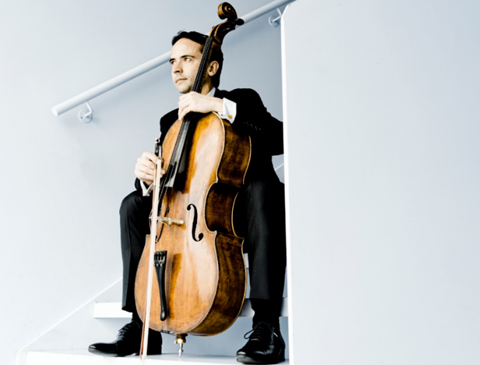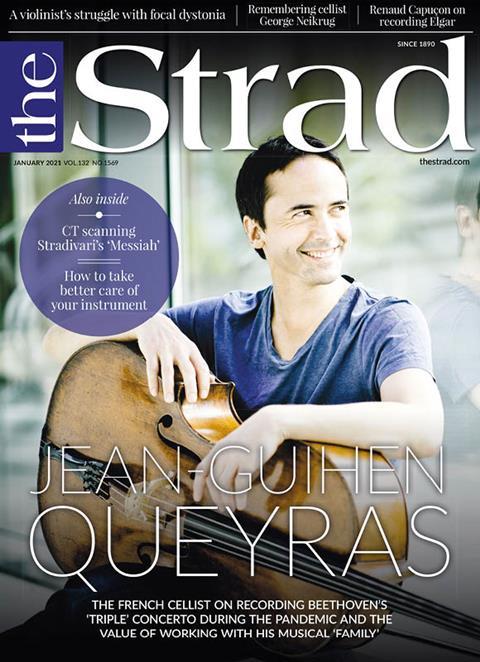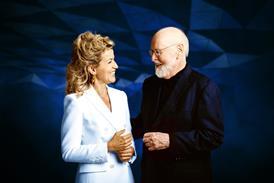The French cellist and January 2021 cover star tells Pauline Harding about his cellos and bows

The following is an extract from an article in The Strad’s January 2021 issue in which cellist Jean-Guihen Queyras talks about recording Beethoven during the pandemic. To read in full, click here to subscribe and login. The January 2021 digital magazine and print edition are on sale now.
‘Last year I was given a Montagnana cello to try,’ says Queyras. ‘My whole life I had dreamed of a Montagnana. When I got the call, I was jumping to the roof!’ After some months, though, he wasn’t convinced. He played it to his cello class at the Freiburg University of Music, and compared it with his c.1696 Gioffredo Cappa cello. ‘With the Montagnana, they listened and could say, “The cello is there.” With the Cappa, the sound was smoother and more caressing, and somehow it was everywhere in the hall.’ Just a year later, the Cappa – on loan from the Mécénat Musical Société Générale since 2005 – won him back. He describes it as a tenor instrument, slim both in shape and sound: not ‘fatty’, but slender and projecting, with a warm bass.
He uses two bows: a heavier one by Thomas Gerbeth in Vienna, for 20th- and 21st-century repertoire, and a lighter Tourte. ‘The Tourte is an amazing bow that I acquired only a year and a half ago and I am very much in love with,’ he says. The ferrule of the Tourte is curved, meaning that the hair is not as tight towards the bow’s outer edges – a small detail which he finds has a significant impact on his sound. ‘The hair is slightly looser, so it’s more supple and progressive when it reaches the string.’
-
This article was published in the January 2021 Jean-Guihen Queyras issue
The French cellist on recording Beethoven’s ‘Triple’ Concerto during the pandemic and the value of working with his musical ‘family’. Explore all the articles in this issue. Explore all the articles in this issue
More from this issue…
- French cellist Jean-Guihen Queyras
- CT scanning Stradivari’s ‘Messiah’
- Remembering cello tutor George Neikrug
- Renaud Capuçon on recording Elgar’s Violin Concerto
- How players can take better care of their instrument
- Playing Tchaikovsky with just two left-hand fingers
Read more playing content here




































No comments yet